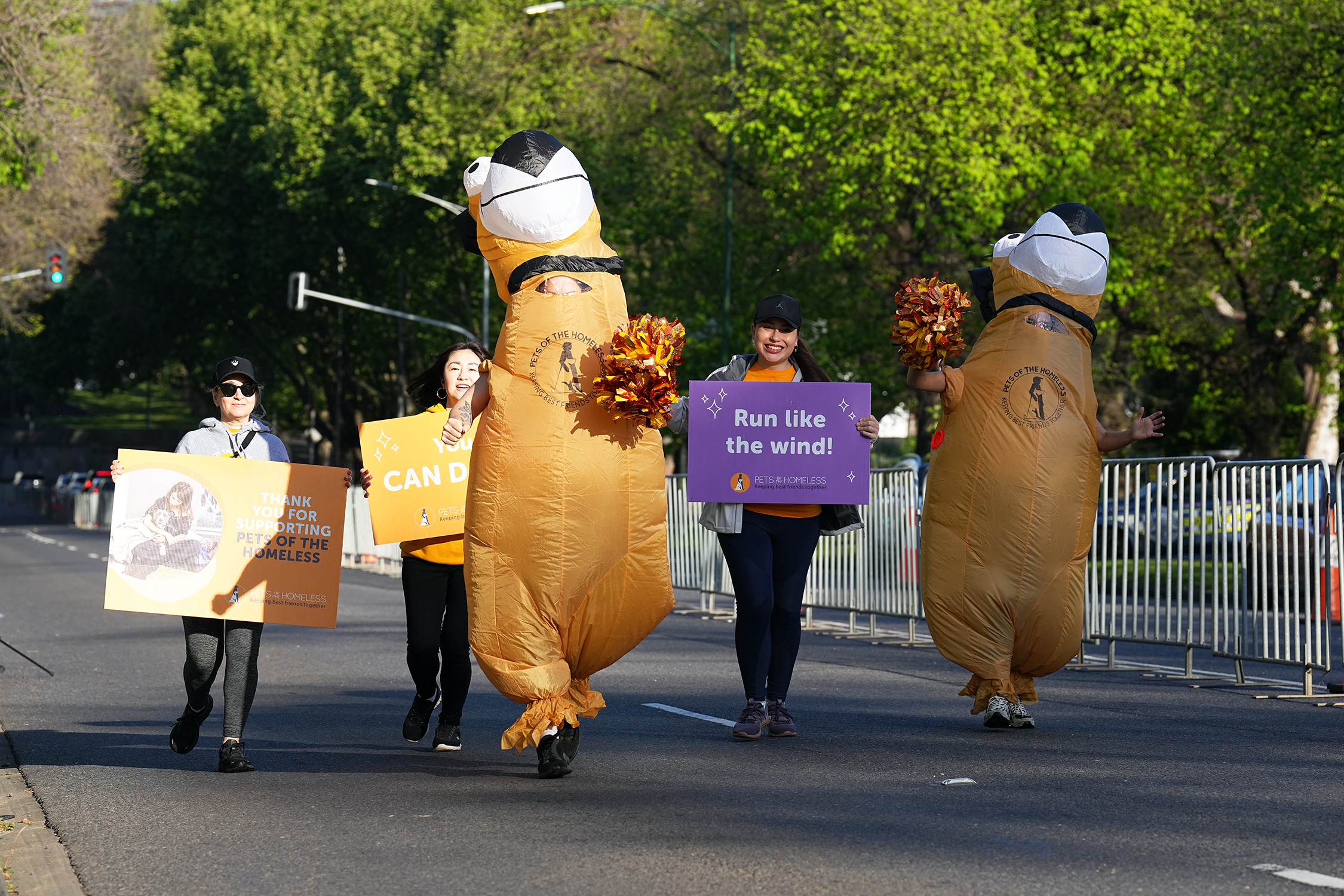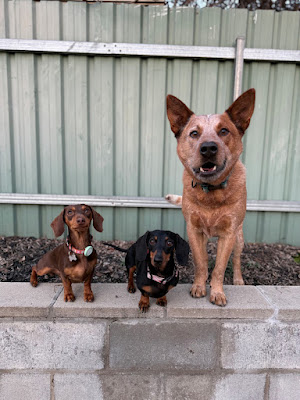International experts warn noisy breathing could signal suffering in popular flat-faced dogs
The International Collaborative on Extreme Conformations in Dogs (ICECDogs) has released new guidance for owners advising that brachycephalic (flat-faced) dogs, such as French Bulldogs, Pugs and English Bulldogs, that have noisy breathing at rest or light exercise are suffering from severe respiratory disease and should not be considered as normal or healthy.
Heavily informed by research from the Royal Veterinary College (RVC), the guidance encourages owners of flat-faced dogs to keep their dogs slim and attend annual veterinary general health examinations to help spot suffering related to noisy breathing earlier and protect canine welfare. More widely, the group calls for flat-faced dogs with noisy breathing to not be described as healthy if promoted, bred from, sold, shown or rehomed.
ICECDogs is a multinational group which aims to address the escalating global welfare issues and suffering caused by extreme body shapes in dogs. ICECDogs defines extreme conformation as a physical appearance that has been so significantly altered through selection by humankind that dogs commonly suffer from poor health and welfare.
The international group is therefore urging the public to be aware that noisy breathing – i.e. awake-snoring or raspy breathing - at rest or light exercise is evidence of respiratory disease. Anyone wishing to acquire a healthy dog is advised to never acquire a dog with noisy breathing at rest or during light exercise. Additionally, people who already own a flat-faced dog are advised to carefully monitor their pet’s breathing for signs of distress and seek veterinary advice if their dog’s breathing is noisy while resting or lightly exercising.
Other steps flat-faced dog owners can take include:
✔️ Asking your vet about grading your dog for respiratory function to assess the severity of your dog’s breathing problems
✔️ Being aware that breathing problems in flat-faced dogs generally become worse with age
✔️ Exercising your flat-faced dog with caution if they have breathing problems
✔️ Keeping your dog cool on hot days to reduce the risk of heatstroke, as flat-face dogs are more susceptible
✔️ Never breeding from a flat-faced dog with noisy breathing.
Dr Dan O’Neill, Associate Professor for Companion Animal Epidemiology at the RVC, Chair of the UK Brachycephalic Working Group and co-founding ICECDogs member, said:
“Owners need to recognise that it is never ‘normal’ or healthy” for a dog to have noisy breathing at rest or when lightly exercising – including snoring, snorting, wheezing or raspy breath. Air hunger like this is evidence of a lifetime of severe suffering. Owners should also be aware that breathing problems in flat-faced dogs generally worsen with age, if their dog is overweight and during hot weather.
“Noisy breathing is sadly not curable but there are ways that owners can help to improve their pet’s quality of life. These include keeping them slim, having annual veterinary health examinations and breathing assessments, taking care during exercise and keeping them cool during warm weather. Surgery may sometimes help to reduce the suffering in some dogs.
“The key message to the public here is that noisy breathing at rest or light exercise in flat-faced dogs is never normal, and these dogs are suffering. Anyone thinking about acquiring a flat-faced dog is urged to ‘stop and think before acquiring a dog with an extreme conformation.”
About the Royal Veterinary College:
· The Royal Veterinary College (RVC) is the UK's largest and longest established independent veterinary school and is a Member Institution of the University of London.
· It is one of the few veterinary schools in the world that hold accreditations from the RCVS in the UK (with associated recognition from the AVBC for Australasia, the VCI for Ireland and the SAVC for South Africa), the EAEVE in the EU, and AVMA (probationary) in the USA and Canada.
· The RVC is ranked as the top veterinary school in the world in the QS World University Rankings by subject, 2025.
· The RVC offers undergraduate and postgraduate programmes in veterinary medicine, veterinary nursing and biological sciences.
· The RVC is a research-led institution, with 88% of its research rated as internationally excellent or world class in the Research Excellence Framework 2021.
· The RVC provides animal owners and the veterinary profession with access to expert veterinary care and advice through its teaching hospitals and first opinion practices in London and Hertfordshire.
For more information, please visit https://www.rvc.ac.uk
About ICECDogs:
Further information is available at https://www.icecdogs.com
The International Collective on Extreme Conformations in Dogs (ICECDogs) is a global multi-stakeholder group that works together to minimize welfare issues resulting from extreme conformations in dogs by seeking out and applying evidence-based canine and human approaches.
The current focus of the ICECDogs is to support national/regional multi-stakeholder groups engaged in the issues raised by extreme conformation in dogs, and to act as a leader in the development and dissemination of policy and guidance on minimizing extremes of conformation and promoting moderate, healthy conformation in dogs.
ICECDogs collaborates with (multi-)stakeholder groups in the following countries:
· Australia
· Canada
· Denmark
· Finland
· Germany
· Ireland
· New Zealand
· Sweden
· United Kingdom
What is Brachycephalic Obstructive Airway Syndrome (BOAS) in Dogs?
ICECDogs helps pet owners recognise good innate health in dogs
The International Collaborative on Extreme Conformations in Dogs (ICECDogs) has released new guidance for owners advising that brachycephalic (flat-faced) dogs, such as French Bulldogs, Pugs and English Bulldogs, that have noisy breathing at rest or light exercise are suffering from severe respiratory disease and should not be considered as normal or healthy.
Heavily informed by research from the Royal Veterinary College (RVC), the guidance encourages owners of flat-faced dogs to keep their dogs slim and attend annual veterinary general health examinations to help spot suffering related to noisy breathing earlier and protect canine welfare. More widely, the group calls for flat-faced dogs with noisy breathing to not be described as healthy if promoted, bred from, sold, shown or rehomed.
ICECDogs is a multinational group which aims to address the escalating global welfare issues and suffering caused by extreme body shapes in dogs. ICECDogs defines extreme conformation as a physical appearance that has been so significantly altered through selection by humankind that dogs commonly suffer from poor health and welfare.
Brachycephaly (being flat-faced) is a leading example of an extreme conformation that many humans find visually appealing but that also leads to a lifetime of suffering for many dogs.
Flat-faced dogs suffer from a number of health problems linked to their extreme body shape, including issues with their breathing. Features such as narrow nostrils, compressed noses and elongated soft palates can block the movement of air through their nose and throat, which is known as Brachycephalic Obstructive Airway Syndrome (BOAS).
Flat-faced dogs suffer from a number of health problems linked to their extreme body shape, including issues with their breathing. Features such as narrow nostrils, compressed noses and elongated soft palates can block the movement of air through their nose and throat, which is known as Brachycephalic Obstructive Airway Syndrome (BOAS).
- Approximately 60% of Pugs suffer from BOAS, 50% of French Bulldogs and 40% of English Bulldogs.
In the UK, French Bulldogs have risen in popularity by 166% and English Bulldogs by 64% since 2009, according to Kennel Club puppy registration figures. The RVC’s VetCompass data estimates that there are 503,798 French Bulldogs, 186,725 Pugs and 132,024 Bulldogs currently in the UK, demonstrating the potential scale of these health and welfare issues.
The international group is therefore urging the public to be aware that noisy breathing – i.e. awake-snoring or raspy breathing - at rest or light exercise is evidence of respiratory disease. Anyone wishing to acquire a healthy dog is advised to never acquire a dog with noisy breathing at rest or during light exercise. Additionally, people who already own a flat-faced dog are advised to carefully monitor their pet’s breathing for signs of distress and seek veterinary advice if their dog’s breathing is noisy while resting or lightly exercising.
Other steps flat-faced dog owners can take include:
✔️ Asking your vet about grading your dog for respiratory function to assess the severity of your dog’s breathing problems
✔️ Being aware that breathing problems in flat-faced dogs generally become worse with age
✔️ Exercising your flat-faced dog with caution if they have breathing problems
✔️ Keeping your dog cool on hot days to reduce the risk of heatstroke, as flat-face dogs are more susceptible
✔️ Never breeding from a flat-faced dog with noisy breathing.
Dr Dan O’Neill, Associate Professor for Companion Animal Epidemiology at the RVC, Chair of the UK Brachycephalic Working Group and co-founding ICECDogs member, said:
“Owners need to recognise that it is never ‘normal’ or healthy” for a dog to have noisy breathing at rest or when lightly exercising – including snoring, snorting, wheezing or raspy breath. Air hunger like this is evidence of a lifetime of severe suffering. Owners should also be aware that breathing problems in flat-faced dogs generally worsen with age, if their dog is overweight and during hot weather.
“Noisy breathing is sadly not curable but there are ways that owners can help to improve their pet’s quality of life. These include keeping them slim, having annual veterinary health examinations and breathing assessments, taking care during exercise and keeping them cool during warm weather. Surgery may sometimes help to reduce the suffering in some dogs.
“The key message to the public here is that noisy breathing at rest or light exercise in flat-faced dogs is never normal, and these dogs are suffering. Anyone thinking about acquiring a flat-faced dog is urged to ‘stop and think before acquiring a dog with an extreme conformation.”
About the Royal Veterinary College:
· The Royal Veterinary College (RVC) is the UK's largest and longest established independent veterinary school and is a Member Institution of the University of London.
· It is one of the few veterinary schools in the world that hold accreditations from the RCVS in the UK (with associated recognition from the AVBC for Australasia, the VCI for Ireland and the SAVC for South Africa), the EAEVE in the EU, and AVMA (probationary) in the USA and Canada.
· The RVC is ranked as the top veterinary school in the world in the QS World University Rankings by subject, 2025.
· The RVC offers undergraduate and postgraduate programmes in veterinary medicine, veterinary nursing and biological sciences.
· The RVC is a research-led institution, with 88% of its research rated as internationally excellent or world class in the Research Excellence Framework 2021.
· The RVC provides animal owners and the veterinary profession with access to expert veterinary care and advice through its teaching hospitals and first opinion practices in London and Hertfordshire.
For more information, please visit https://www.rvc.ac.uk
About ICECDogs:
Further information is available at https://www.icecdogs.com
The International Collective on Extreme Conformations in Dogs (ICECDogs) is a global multi-stakeholder group that works together to minimize welfare issues resulting from extreme conformations in dogs by seeking out and applying evidence-based canine and human approaches.
The current focus of the ICECDogs is to support national/regional multi-stakeholder groups engaged in the issues raised by extreme conformation in dogs, and to act as a leader in the development and dissemination of policy and guidance on minimizing extremes of conformation and promoting moderate, healthy conformation in dogs.
ICECDogs collaborates with (multi-)stakeholder groups in the following countries:
· Australia
· Canada
· Denmark
· Finland
· Germany
· Ireland
· New Zealand
· Sweden
· United Kingdom
MEDIA RELEASE, 17th July 2025
Related Stories:









































